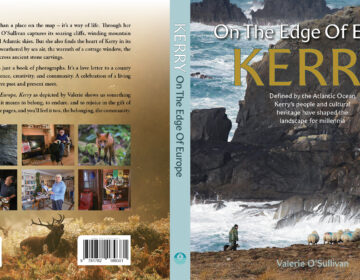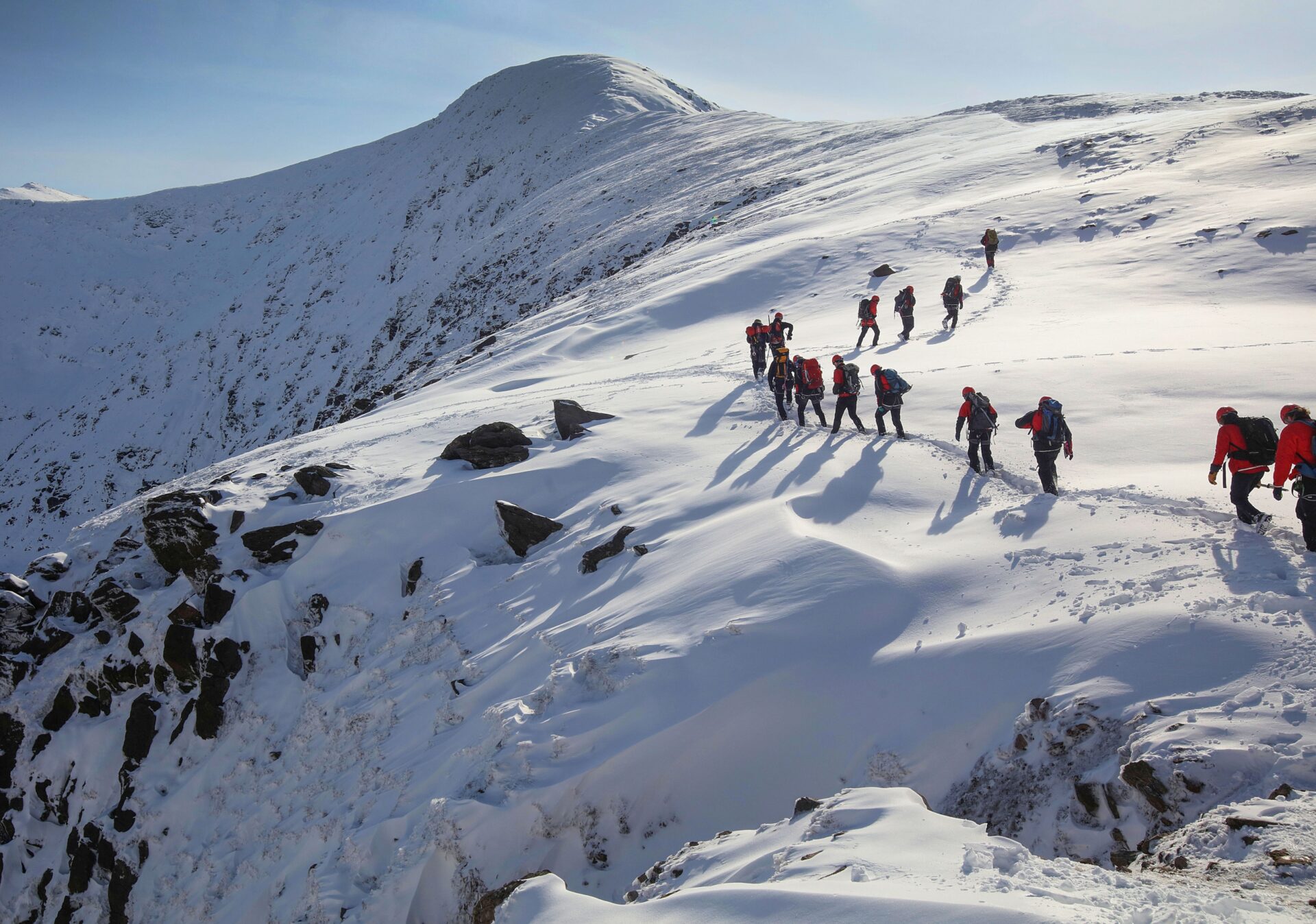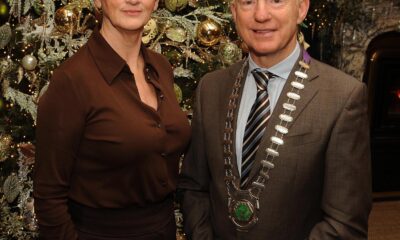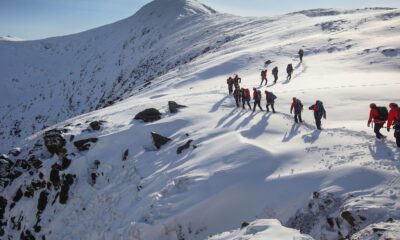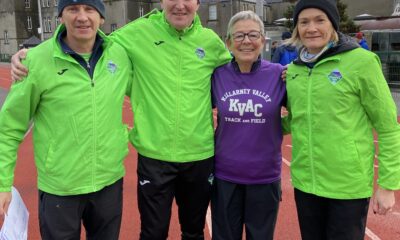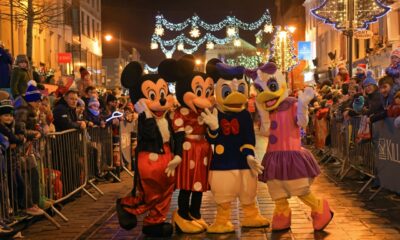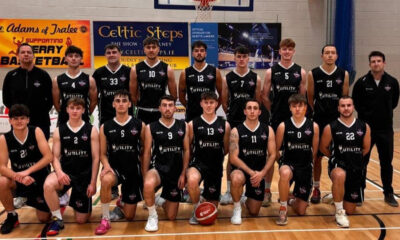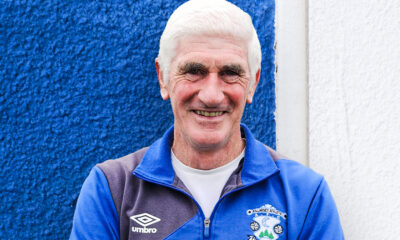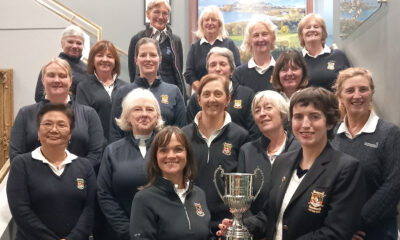News
Award-winning photographer launches stunning new book celebrating Kerry
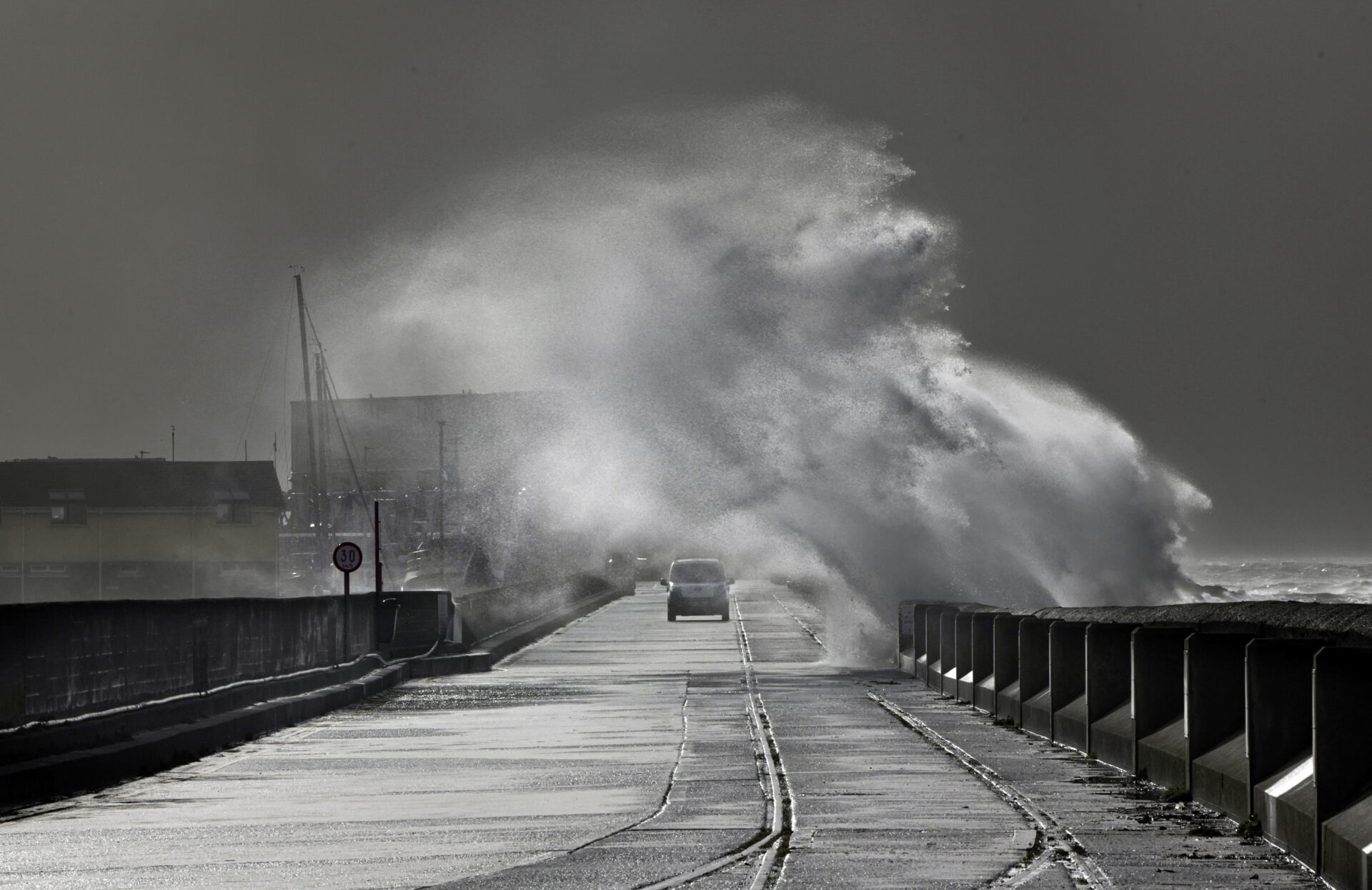

Pat O’Shea has called this precarious island his home between April and September for the past 35 years. He is the proud caretaker of Sceilg Mhichíl. The weather can be a huge hindrance to Pat and his crew, often forcing them to be marooned on land at Portmagee or exposed to the elements onSkelligs. Pat’s speciality is dry-stone walling, he must ensure there are no loose rocks and is constantly preserving and restoring the island.Living conditions at the staff huts may seem primitive, but nearby solar panels provide electricity, and each hut has a bed, cooker and the noisy sounds of sea birds for company. Patensures he brings plenty of drinking water, tea bags, fruit and vegetables from home prior to his departure.Pat misses the camaraderie of the former Lighthouse Keepers. They would visit each other and play cards and have great conversation. Photo: Valerie O'Sullivan
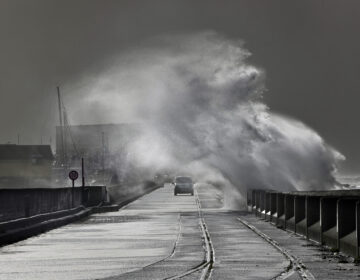
Ferocious Fenit... Drama at Fenit Harbour as County Kerry, gets pounded by violent gusts, rain and overtopping at coastal areas of the county. Photo: Valerie O'Sullivan
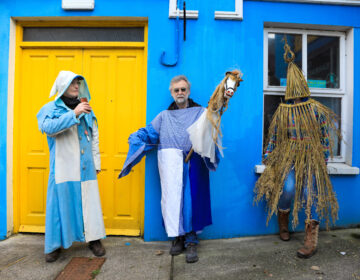
Sráide Eoin: Declan Malone (left), Pat Doyle (Hobby Horse) and Grace O’Malley, standing by waiting for the Wren to begin. Lá an Dreoilín or Wren Day is a very old tradition particularly in the Dingle Peninsula. The origin of the Irish word for wren dreoilín means trickster. The wren celebration may have descended from Celtic mythology. Ultimately, the origin may be a Samhain or midwinter sacrifice or celebration, as Celtic mythology considered the wren a symbol of the past year. Photo: Valerie O'Sullivan
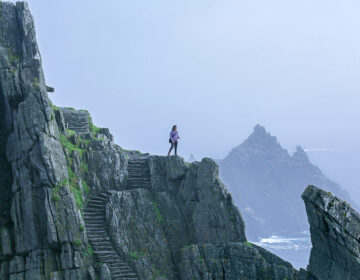
Skeilg Mhichíl: An Enigmatic Place of Pilgrimage Vanessa Lawrenson on the South Steps of Sceilg Mhichíl with Sceilg Beag in the distance. Skellig Michael or Great Skellig was chosen by a group of austere Augustinian monks in the 6th century, founded by St Fionán in 588, an original member of the StBrendan the Navigator community.The withdrawal and retreat of monks from civilisation to one of the world’s most inaccessible places is an extreme example of remote monastic hermitage, of an intensity of faith and endurance both physically and spiritually. Photo:Valerie O'Sullivan
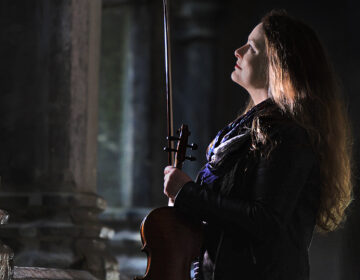
Musician, Composer and Archivist - Niamh Ní Charra, from Killarney, was nurtured and influenced by the ancient aesthetic music of nearby Sliabh Luachra. Whether she is playing or singing - it is ethereal and hauntingly compelling. A multi award-winner on both fiddle and concertina, Niamh toured as a soloist with the globally phenonemal Riverdance production. Niamh has also performed and recorded with The Chieftains, Galician piper and Sony artist Carlos Núñez. Photo: Valerie O'Sullivan
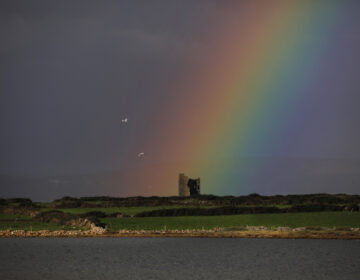
Fenit Within A rainbow guards Fenit Castle, built in 1253 in Norman times by Thomas Fitzmaurice, 1st Lord of Kerry. Because if its location, the fortified castle was protected against attacks from pirates from ‘within’ the island. While nearby Tawlacht and Barrow Castles were situated on the mainland and referred to as ‘Fenit Without’. Fenit Castle was destroyed by Cromwellian forces in 1641. Today it stands as a trusted landmark to all sea voyagers in all weathers. Photo: Valerie O'Sullivan
Killarney’s award-winning photographer, Valerie O’Sullivan, has released a striking new photographic book, On the Edge of Europe – Kerry, published by Currach Press.
The beautifully illustrated collection captures the people, places, and wild beauty of County Kerry, from the peaks of MacGillycuddy’s Reeks to the shores of the Atlantic.
Local landscapes within Killarney National Park feature strongly throughout the publication.
Among the stories highlighted is that of Tommy Mullach O’Sullivan of Ballyledder, who painstakingly dragged water from Lough Coimín Piast to build the highest grotto in Ireland on Cruach Mhór in 1975.
He was posthumously honoured at a ceremony in Cronin’s Yard in July 2025, exactly 50 years later.
Defined by the Atlantic Ocean, Kerry’s people and cultural heritage have shaped its landscape for thousands of years.
The book charts through words and images the richness of 'The Kingdom of Kerry' from ancient rock art and monastic sites to its golden age of saints, scholars, and pilgrims who ventured across the world.
In his foreword, Niall Ó Donnchú, Director General of the National Parks and Wildlife Service and a native of Gneeveguilla, writes: “Valerie O’Sullivan has long understood that to portray Kerry is not only to frame its grandeur, but to honour the relationship between people and place. Her lens finds the drama of ocean cliffs and mountain passes, but also the intimacy of a face, the glow of a cottage window, the fleeting play of light across stone.”
The UNESCO Biosphere Reserve that is Killarney National Park is given centre stage in the book, highlighting major conservation work including the regeneration of the ancient oak woodlands at Derrycunnihy, one of the oldest and most extensive native forests in Ireland and Northern Europe.
Other features include the park’s famous red deer, including ‘The Monarch of Mangerton’, the success of the white-tailed eagle project, and the park’s rich flora and fauna.
The book also shines a light on local traditions and characters from the world’s oldest regatta and the first four lady jarveys in Killarney, to the work of volunteers, boatmen, rangers, and educators who continue to protect and promote Kerry’s natural heritage.
On the Edge of Europe – Kerry is a vivid celebration of the county’s beauty, history, and community from the highest farm in Ireland to the highest grotto, and everything in between.
Valerie will be doing a book signing in Killarney House on November 15 at 2pm.
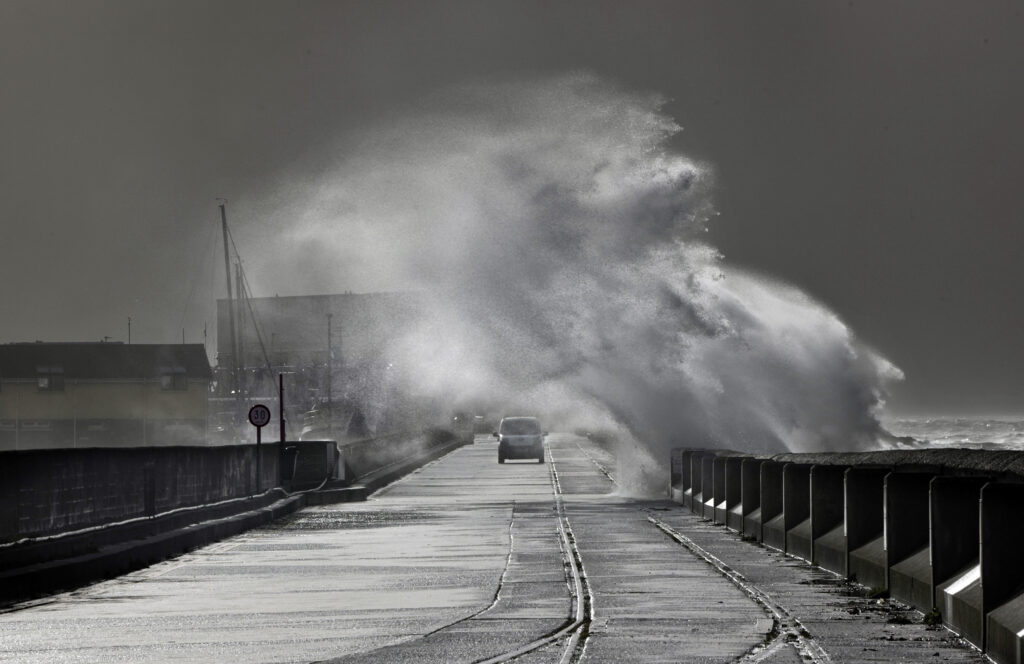
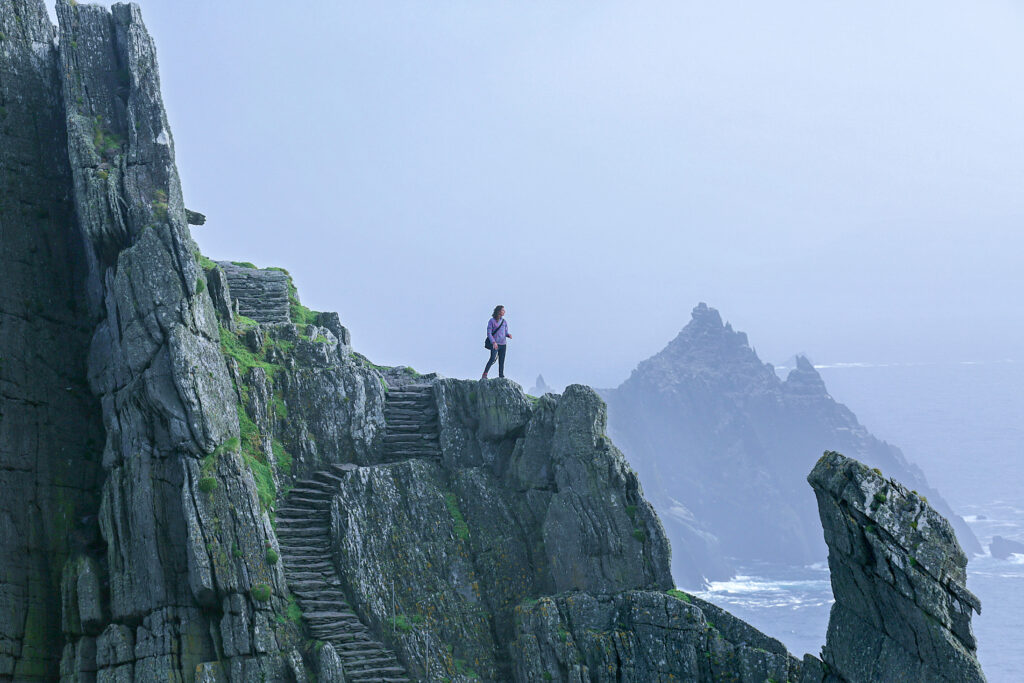
Vanessa Lawrenson on the South Steps of Sceilg Mhichíl with Sceilg Beag in the distance. Skellig Michael or Great Skellig was chosen
by a group of austere Augustinian monks in the 6th century, founded by St Fionán in 588, an original member of the StBrendan the Navigator community.The withdrawal and retreat of monks from civilisation to one of the world’s most inaccessible places is an extreme example of remote monastic hermitage, of an intensity of faith and endurance both physically and spiritually. Photo:Valerie O'Sullivan

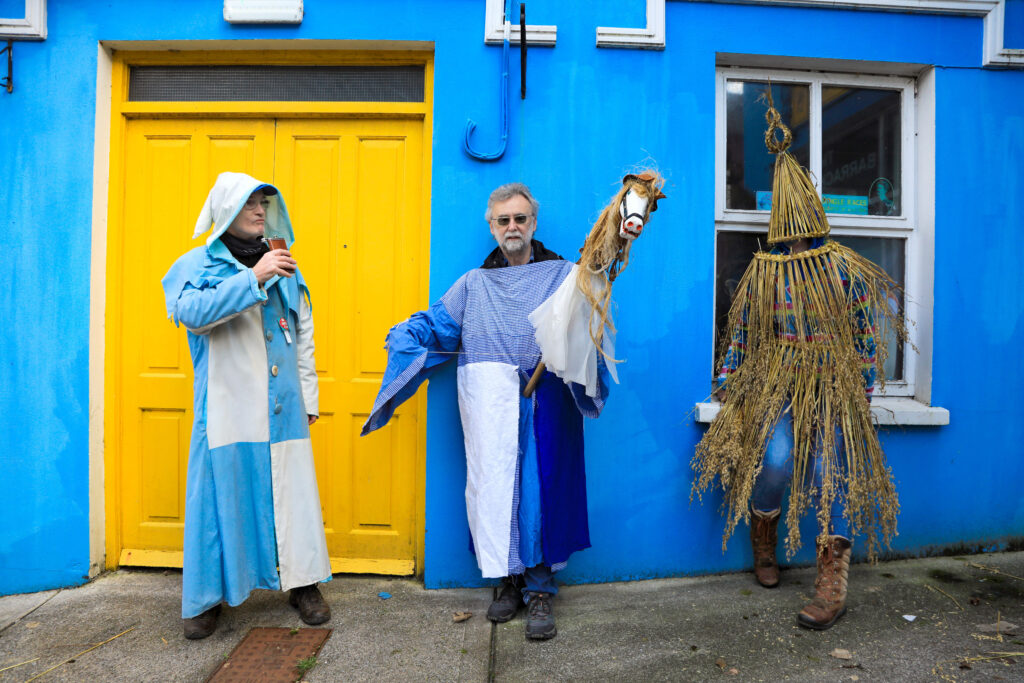
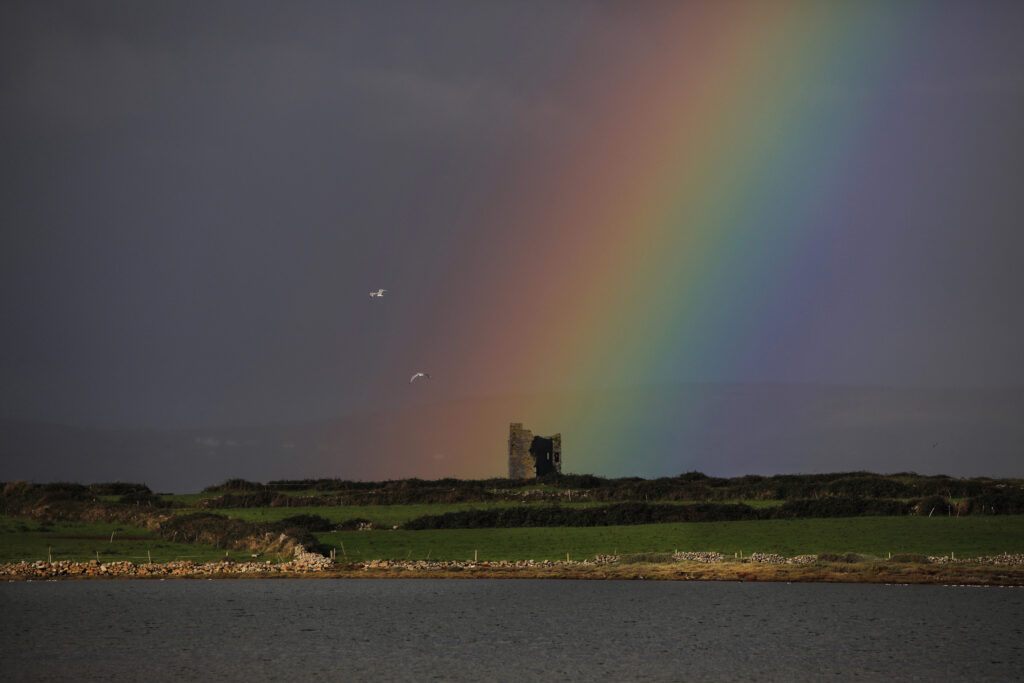
A rainbow guards Fenit Castle, built in 1253 in Norman times by Thomas Fitzmaurice, 1st Lord of Kerry. Because if its location, the fortified castle was protected against attacks from pirates from ‘within’ the island. While nearby Tawlacht and Barrow Castles were situated on the mainland and referred to as ‘Fenit Without’. Fenit Castle was destroyed by Cromwellian forces in 1641. Today it stands as a trusted landmark to all sea voyagers in all weathers. Photo: Valerie O'Sullivan
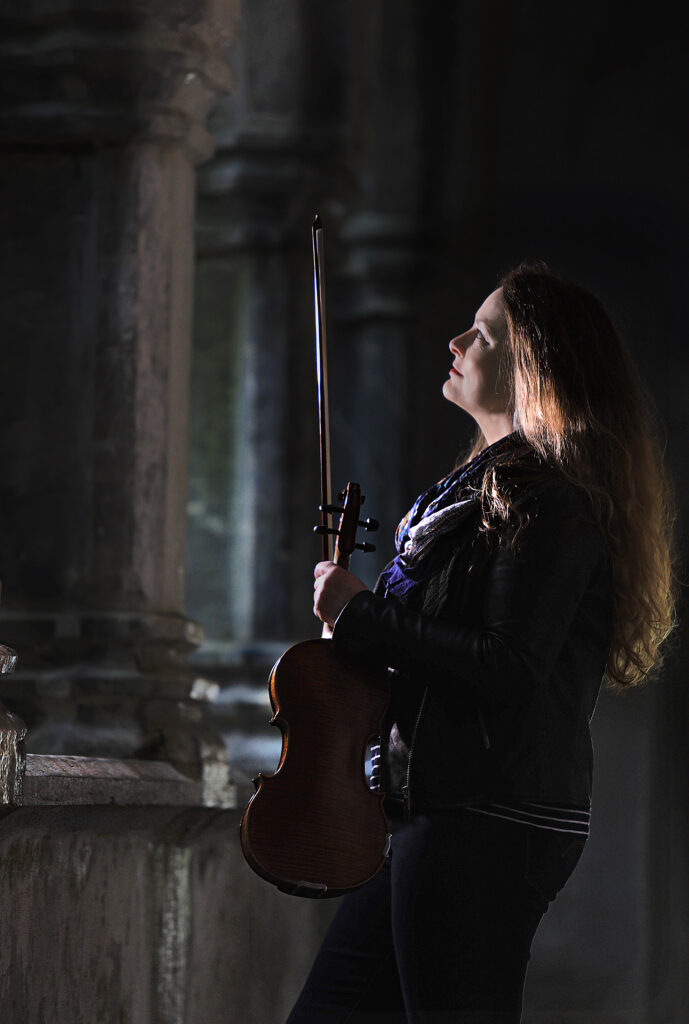
A multi award-winner on both fiddle and concertina, Niamh toured as a soloist with the globally phenonemal Riverdance production.
Niamh has also performed and recorded with The Chieftains, Galician piper and Sony artist Carlos Núñez. Photo: Valerie O'Sullivan
News
An end of year message from Johnny McGuire, President, Killarney Chamber of Tourism and Commerce
It has been a particularly busy and a hugely progressive and positive year for Killarney Chamber of Tourism and Commerce in 2025 with many highlights that have helped maintain Killarney’s […]


